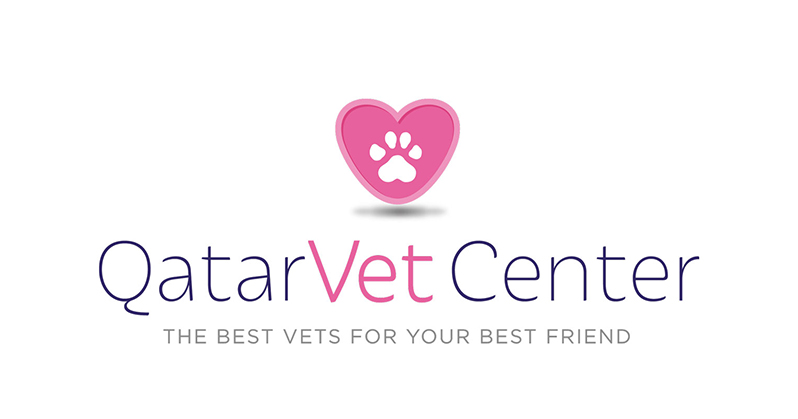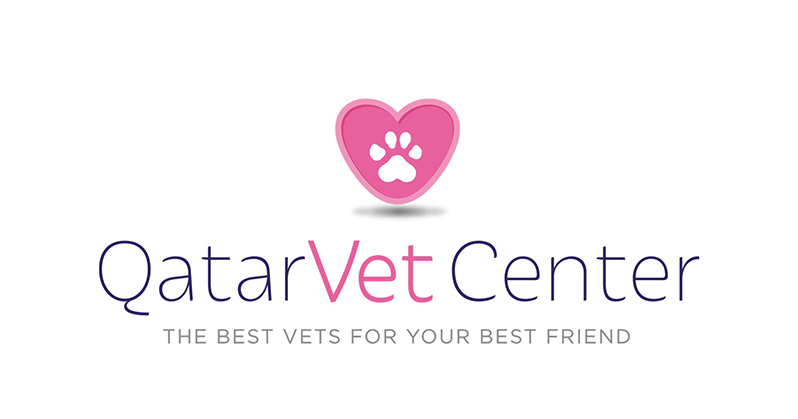You can’t buy love, but you can rescue it.
For viewing pets for adoption, kindly visit our facebook page
Cat Adoption guide: Tips on bringing your rescue cat home: Be prepared should be your mantra when bringing a new pet into your home. Cats are particularly sensitive to new surroundings and some may hide under a bed or in a closet for days or even weeks. You can avoid pitfalls with your new pet and help them adapt more easily by following these guidelines: Bringing Your Cat Home: Cats are territorial, and coming into a new home leaves them feeling uneasy. Do them a favor and provide a small area for them to reside in for the first few days or weeks. A bathroom or laundry room works well. Fill a litter box with one or two inches of litter and place it in their room where they can use it undisturbed. Set up a feeding station with food and water bowls. Locate it away from the litter box. Cats love to hide away in small places, and you can provide one for your new cat as their own little safe haven. If your cat came home in a cat carrier, that might be a good choice. You can also make one by cutting a doorway in a box. Cat’s claws need to be worn down; they do this by scratching on things. To protect your chairs and sofa, provide your cat with a scratching post. When your cat is acclimated to your home, you may be surprised to find them on top of the upper kitchen cabinets, so make sure there’s nothing on display there or on other high shelves that can be damaged or knocked off. Your newly adopted cat may not eat much or at all at first. It’s best to give your cat the same food they had at the shelter or in her foster home, at least at first. Be sure to change their water frequently and ensure that your cat is drinking. If your cat hasn’t eaten for a few days, call us to ask for advice. Within a week of being adopted, bring your newly adopted cat for their first wellness visit with a QVC veterinarian. If you have a record of immunizations from the shelter, take it with you. Introducing other pets: • Slowly’ and ‘Patiently’ are the operative words. • The time you spend on this process will ensure you don’t have to break up conflicts every day. • Scent is very important to cats. Let them smell the other indirectly, rub a towel on one and let the other smell it. They will soon accept the scent as a normal part of the house. • After a day or so, let the two cats sniff each other through a gate or a barely opened door. Gauge the rate at which they seem to be getting used to each other. • Make their first activities together enjoyable ones like feeding (separate bowls), playing and petting. • If things start going badly, separate them again, and start where you left off. • Don’t give up on them. • There will be ‘hissy- spitty’ behavior from both cats. This is natural; they are exploring their ‘pecking order’. Dog Adoption Guide: Tips on Bringing Your Rescue Dog Home In most cases, you won’t know much about your rescue dog’s history. Over the next few weeks and months, you will discover many things about your new rescue dog – likes and dislikes, what they thrive on and what they fear. You will learn how well socialised your dog is, and what their level of training is. Be patient with your rescue dog and yourself on this journey. Be aware that a rescue dog’s behaviour in a shelter can often be quite different from a home environment. Spending a long time in a shelter can significantly influence a dog’s behaviour. Preparing your home before your dog’s arrival Take some time to prepare for your dog’s arrival. To make the transition from shelter to home as easy as possible, it is important to provide your new dog with as much structure as possible. Decide where the dog will and will not be allowed. Are bedrooms a no-go zone? Then close the doors. Is the dog not allowed in a certain area of the house? Then use a baby gate to fence off the area. Will your dog sleep in a designated area (laundry, crate etc)? Set it up from day one. Set up your dog’s ‘feeding station’ – think about where his food and water will go.Make sure your fencing is secure if you have an outdoor area. Clearly define the family/household responsibilities: who walks the dog, who is responsible for feeding and who will be the one training the rescued dog in your house. Get all necessary items, including an ID tag, collar, leash, food, treats, water and food bowls, a crate and bedding – and of course some toys. Dog-proof your house: put loose cables away, store household cleaners and medication out of reach; remove plants, rugs and breakables etc. Move anything to you don’t want your dog to get hold of out of the way. Bringing your rescue dog home Ideally, plan to bring your dog home at a time when you can spend a few days at home. This will help with settling as well as giving you a chance to supervise your dog as they learn the house rules. Think about how to transport your dog home – consider bringing someone else along to drive the car while you comfort your dog. Put your dog in a harness or a crate to keep it safe and restrain it so it can settle. If you are on your own, bring a chew treat to help your dog enjoy the drive. When you get the dog in your car, let them sniff first and get familiar with this new area before you begin driving. Before taking the dog into your house, take them for a walk. This will not only burn off some energy, it will also give you time to bond and the opportunity to establish a line of communication. Have some treats on you to tell your new friend when they have done something well. This will also very quickly make you their best friend. Ask the shelter/foster carer about the rescue dog’s feeding schedule and replicate that for the first few days to avoid gastric stress. If you would like to change the brand of food, do it slowly over the course of a week. Dogs have more sensitive stomachs than humans and depending on your dog’s nature moving to a new home can be stressful for them. When you bring your new dog into your house for the first time, keep them on the leash while you show them around, both inside and outside. Let them sniff and take things slowly, at their own pace. Keeping your dog on leash will provide guidance and help you intervene before any accidents happen. Introducing pets. If you have other pets at home, make sure the introduction is done safely and respectfully for all animals. Moving is stressful for humans and dogs: Wait until your dog has settled in before inviting strangers over. Take it easy with introducing children to your dog, you don’t want the animal to be overwhelmed. The greeting should be calm and without a lot of excitement (we know this can be a challenge). You may not know what your dog’s previous experiences were. Be patient and forgiving if things don’t go the way you would have expected. Your rescue dog may not be socialised to certain things and be scared of them. Establish a routine and start your schedule of feeding, play times, training, toileting, walks etc from the first day. It’s best is to start reward-based training with your rescue dog right from the start – training is a fun way to bond and establish a line of communication. Adopting a rescue dog can be a very rewarding experience and create a bond for life. In most cases you won’t know much about the history of your dog and the first few weeks are often a honeymoon period in which you will get to know each other. Take it slowly and go easy on yourself and your new friend. Try to keep track of any changes that come up, and if you find that any issues arise, do not hesitate to ask our Veterinarians for help.


